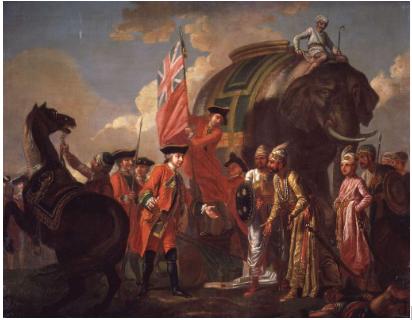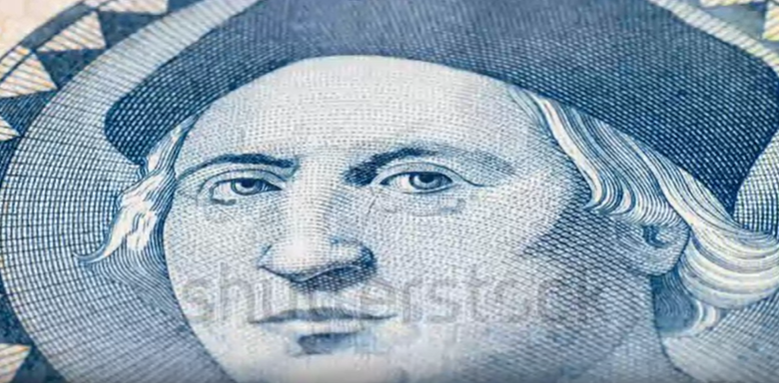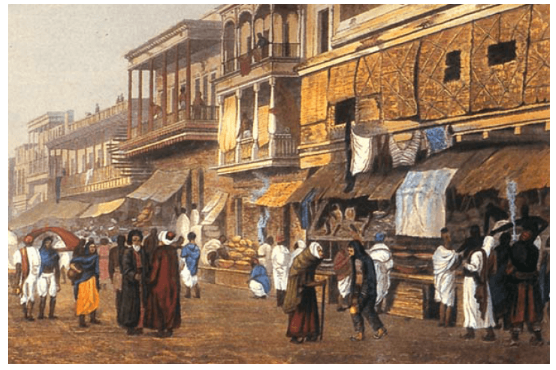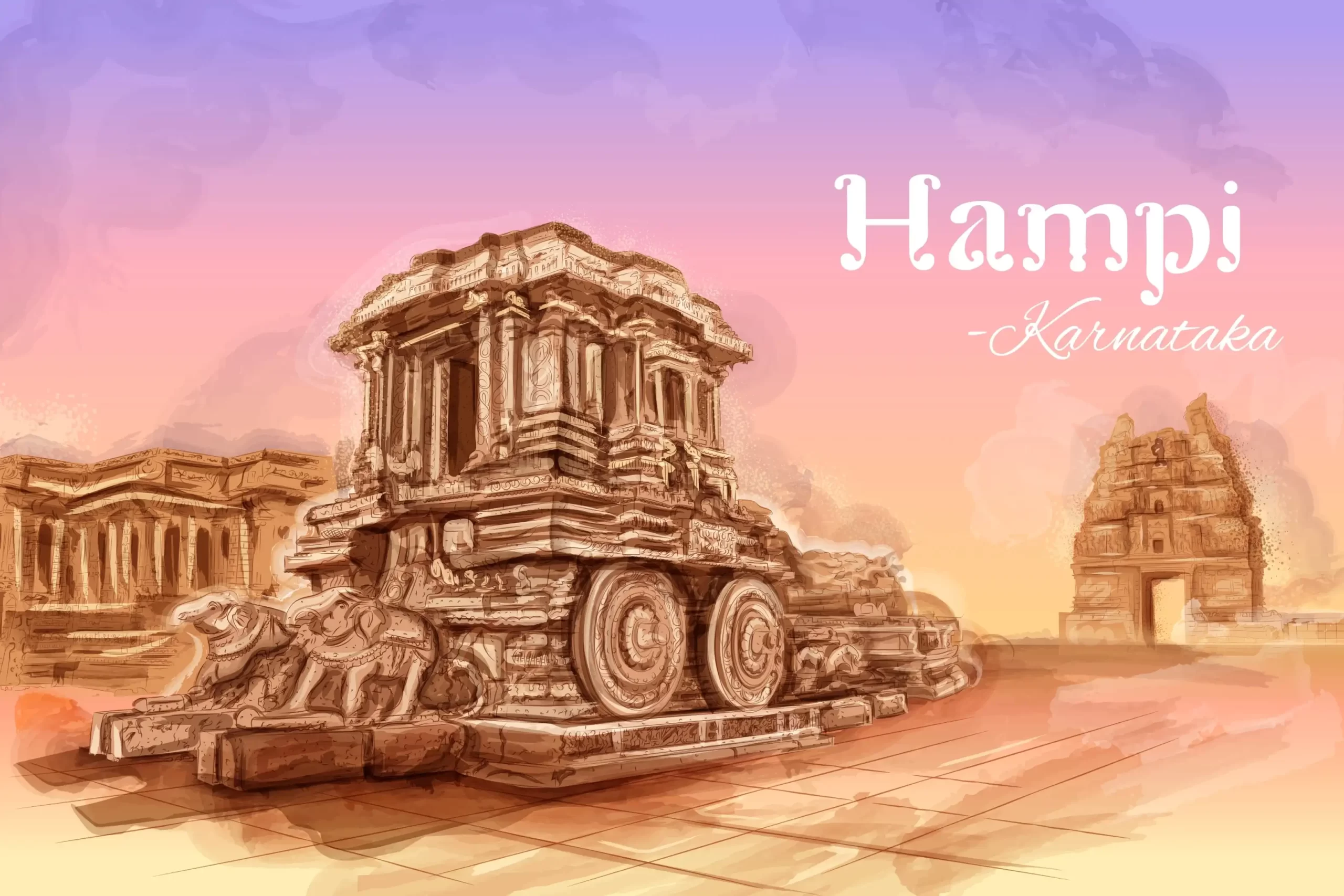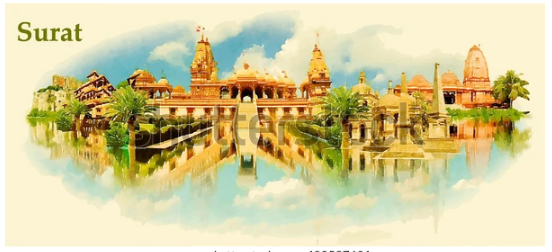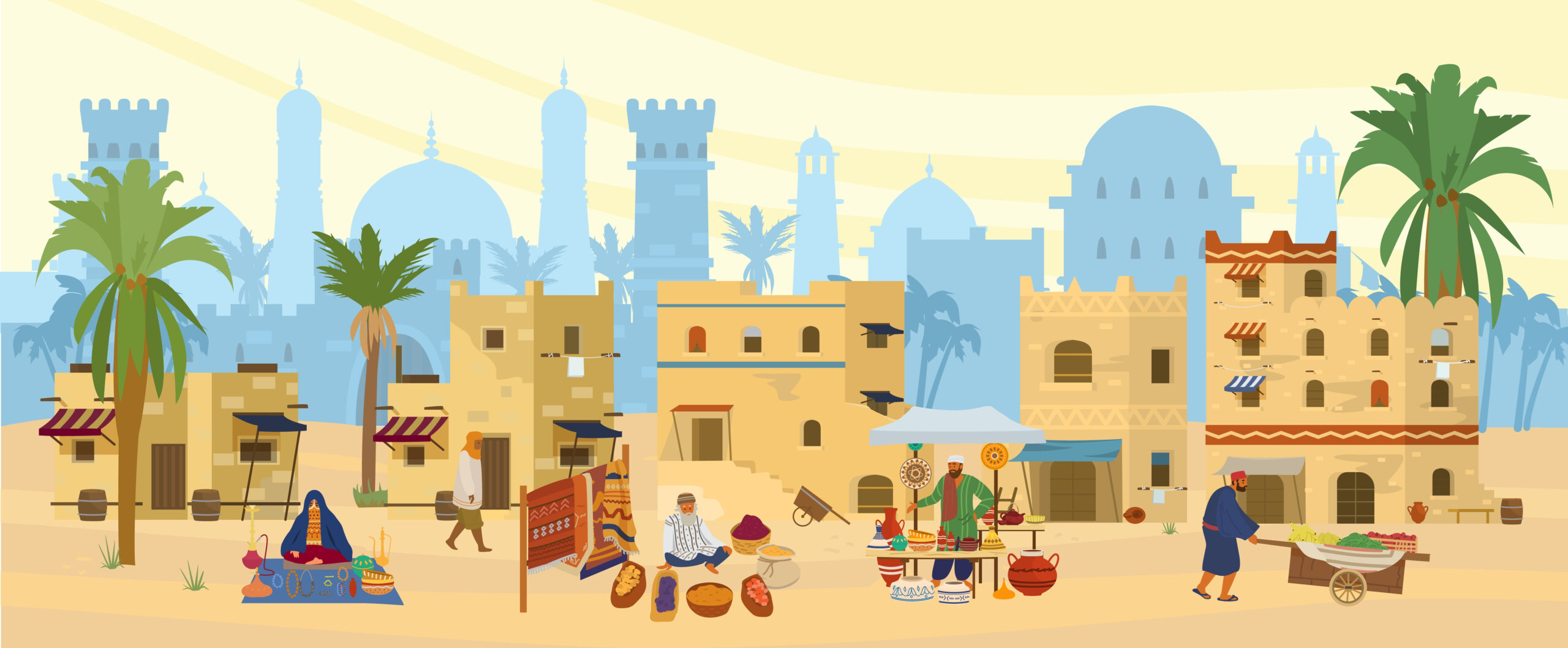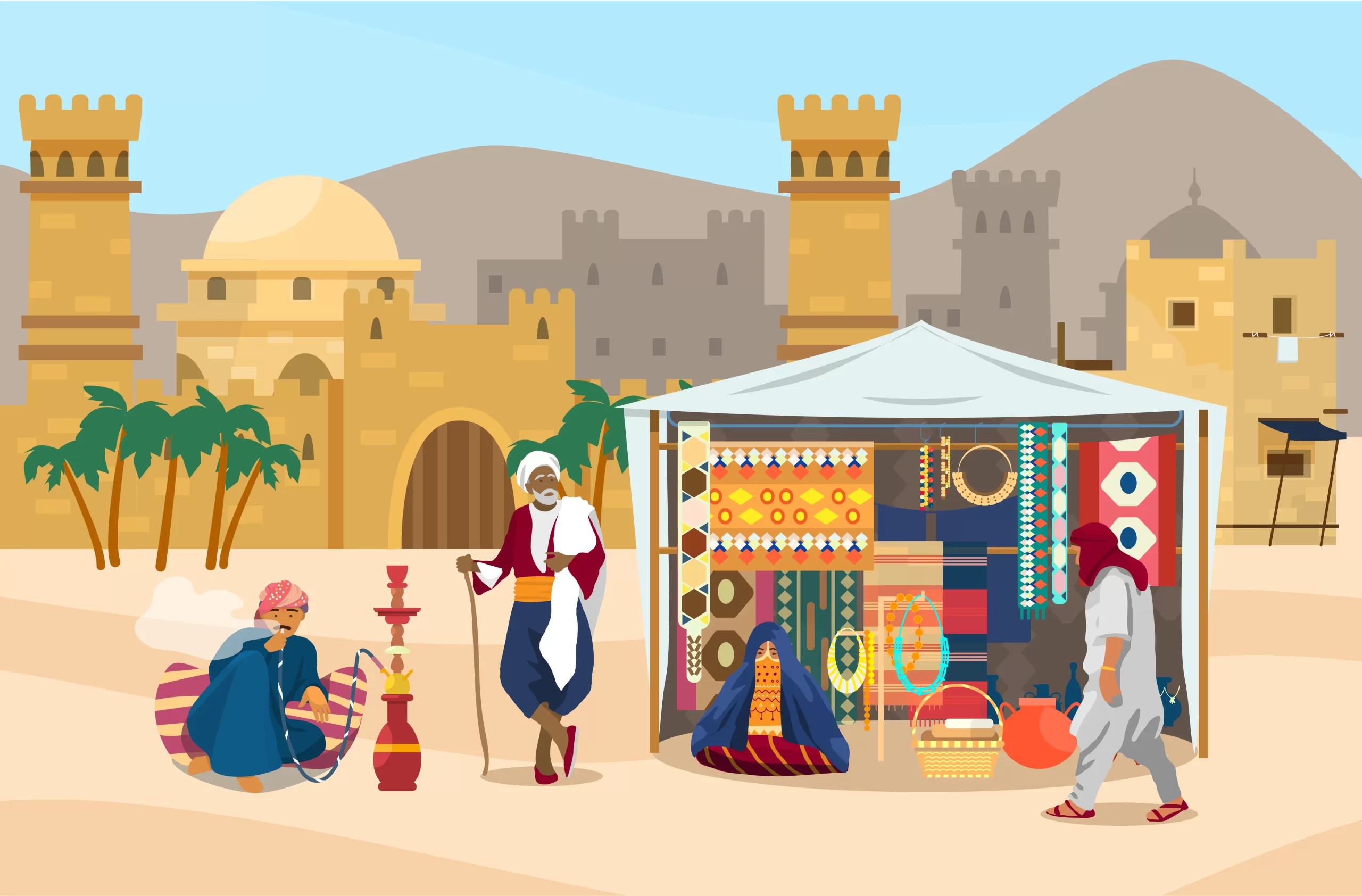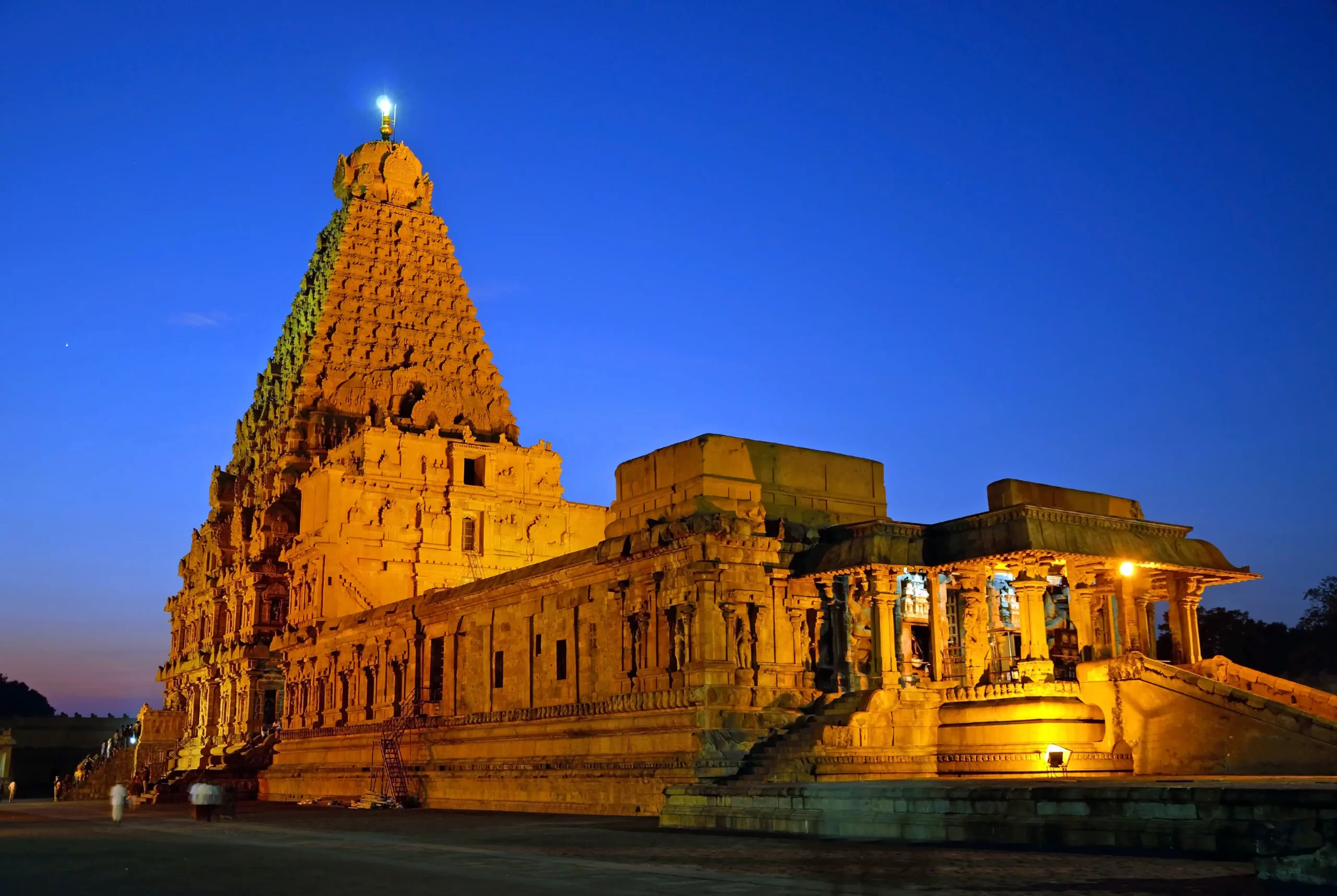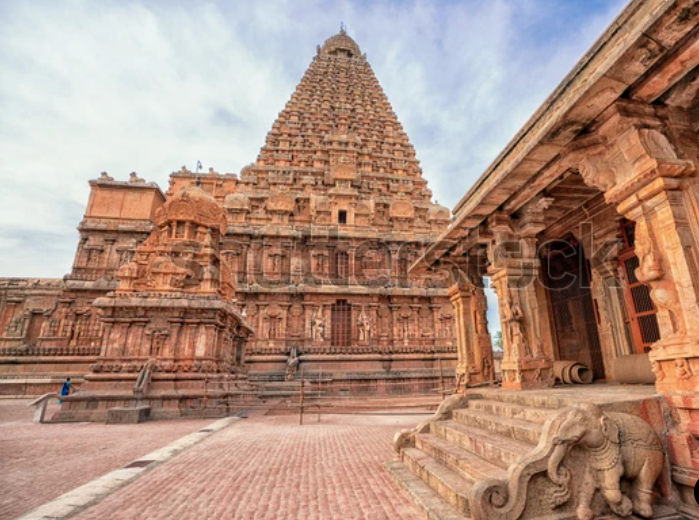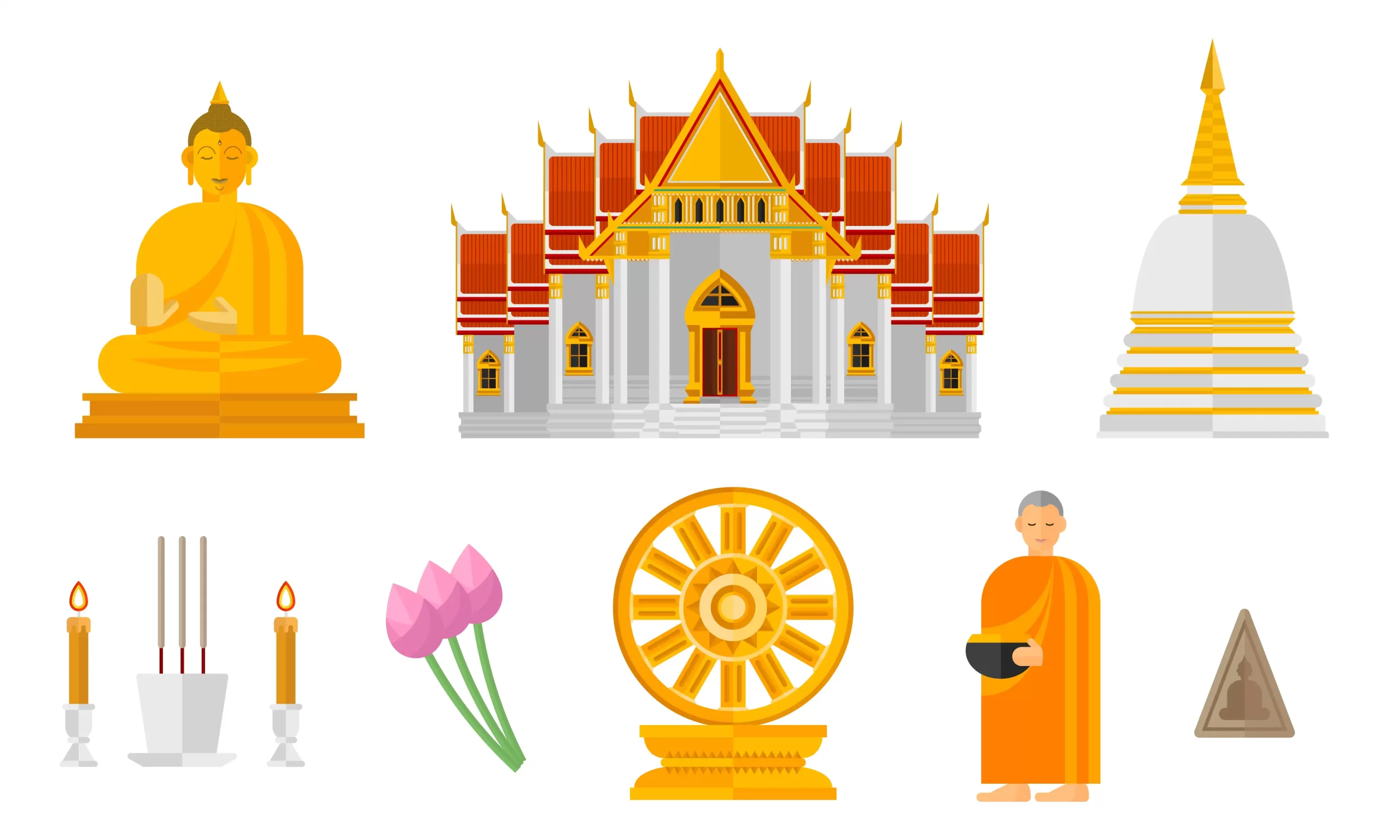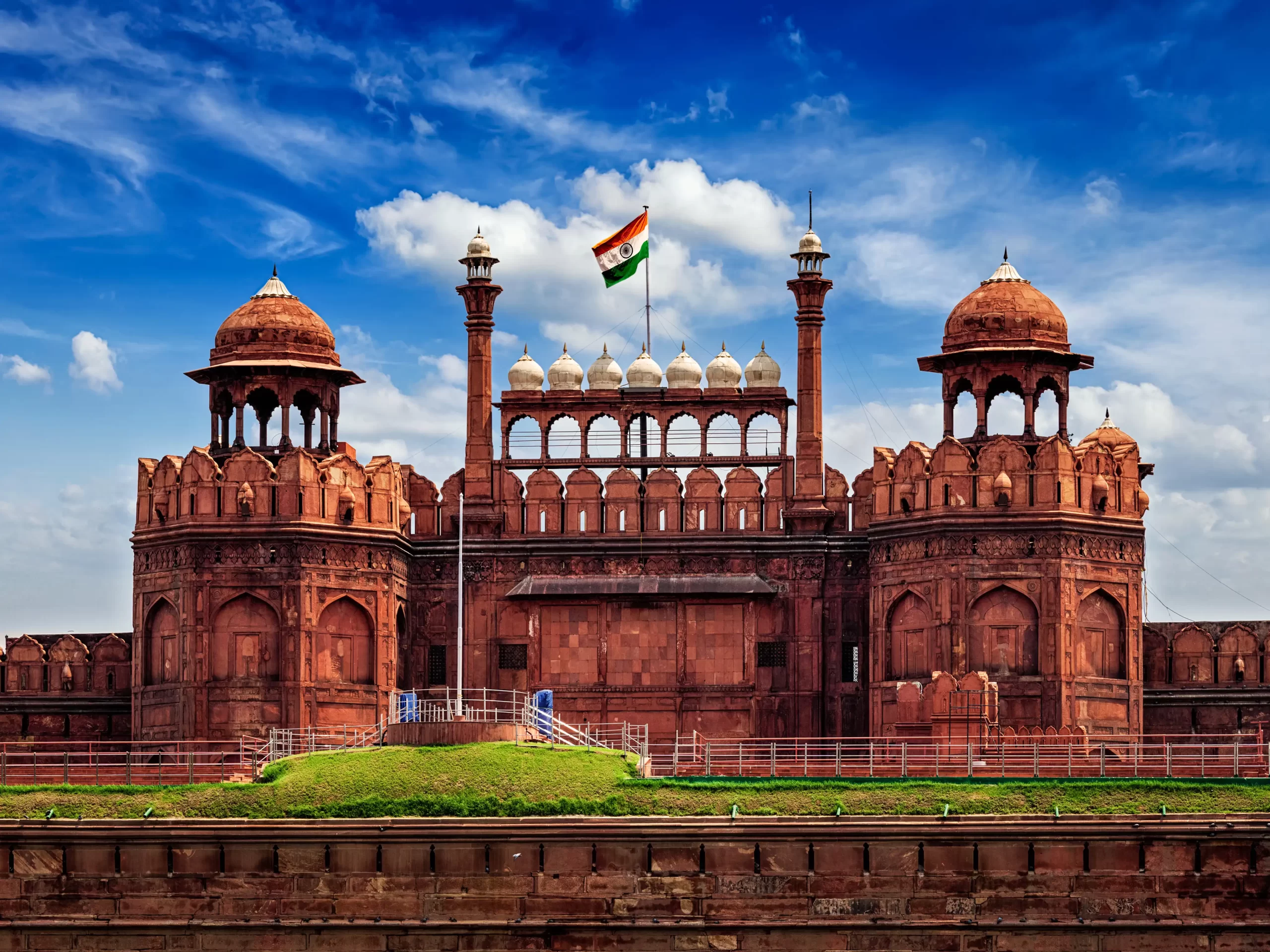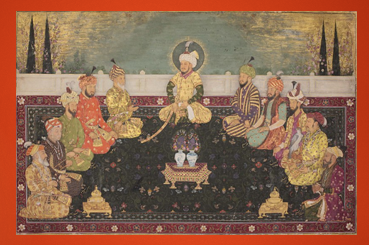Introduction
Along with the abolition of feudalism in France, the French Revolution brought about several changes to the country’s social and governmental structures. The tyrannical authority of the monarchy in France came to an end during the Revolution in the early 1790s. The virtues of liberty, equality, and freedom propelled the idea of constitutional monarchy, where the constitution served as a check on the king’s power.
The National Assembly’s recognition kept a balance of authority between the legislative, executive, and judicial branches. In the end, the Revolution succeeded in shifting sovereignty from the king or National Assembly to the people, resulting in the establishment of France as a democratic republic.
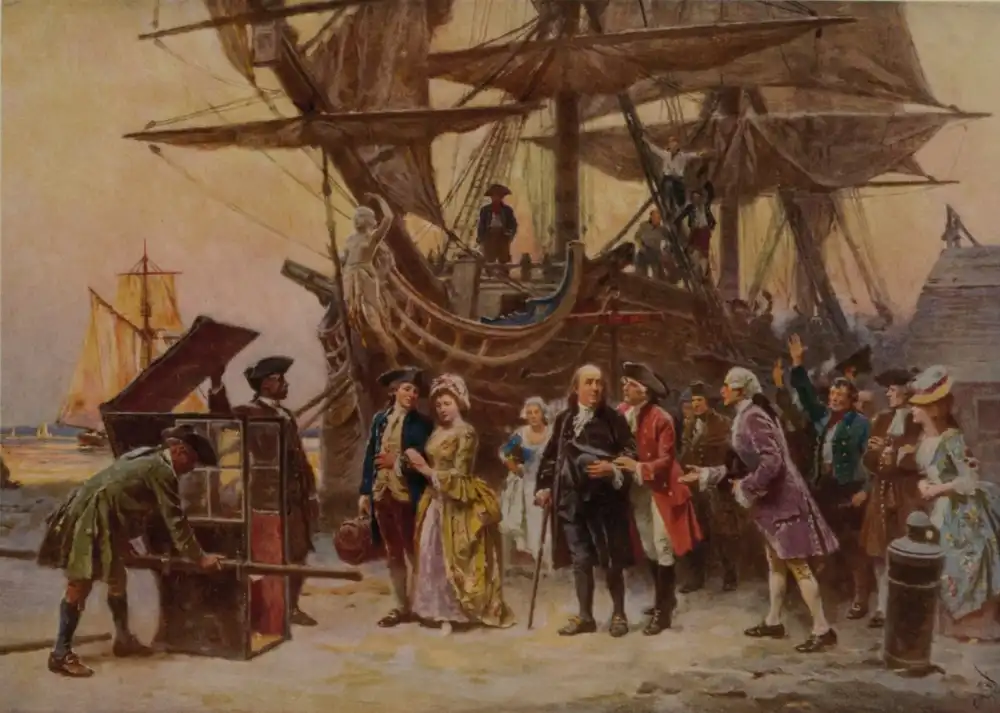
Life in France after the Revolution
Post-revolution, the life of the French changed drastically. Following were the changes observed-
- The First and Second Estates’ privileges were abolished during the French Revolution, which also put an end to the monarchy. With this, the Third Estate’s capitalists seized control and established a government based on the principles of liberty, fraternity, and equality. But there were some internal and external conflicts that the new government had to face.
- The Jacobins, a radical political organization, took advantage of the internal strife at the National Convention to seize control and institute several radical reforms.
- Maximilien Robespierre, the leader of the Jacobins, declared a “Reign of Terror” from 1793 to 1794. People were executed during this time period because they were “enemies” of the revolution.
- His adversaries included the clergy, the aristocracy, and even some members of his party who didn’t share his viewpoints. The authoritarian rule of the Jacobins did not last long, with the execution of Robespierre.
- After the collapse of the Jacobin administration, the well-off middle class took control and chose to create a new constitution with authority granted to the Directory and the Legislative Council.
- The legislative councils and the directory frequently disagreed with each other. This political unrest paved the way for Napoleon Bonaparte, a military dictator who expanded the French empire to much of Europe and certain regions of Africa.
Restructuring Administration
Due to the constant unrest in the French government, an entire restructuring of the administration was required. This was done in the following ways-
- The National Assembly created a new administration to foster national integration through local autonomy.
- The country was divided into 83 departments under the new government, and these departments were further divided into several provinces, districts, cantons, villages, etc. The Assembly attempted to decentralize authority through this division by allowing residents of these departments to decide their local representatives.
- The National Assembly dissolved the judicial system of the previous Regime as part of the new administrative changes, and restructured the legal system.
- The revolutionaries established a criminal court in each department and a civil court in each district. The justice of the peace in each district took the place of the feudal system of justice.
- The revolutionary administration tried to increase everyone’s access to the legal system, regardless of background or class, in this fashion.
- In addition, the revolutionaries adhered to the egalitarian concept in the field of trade and commerce.
- Laissez-faire policy, which advocates little government intervention, served as the Assembly’s guidance as it allowed for individual initiative in the economy despite customary practices and barriers. Landowners and peasants were free to grow anything on their lands.
Social Structure of France after the French Revolution
The social structure post-revolution was the following-
- The French Revolution essentially abolished the ranking privileges based on the three Estates that were part of the feudal society.
- The upper middle class gained influence once privileges for the aristocracy and clergy were abolished.
- It was prioritized to uphold the principles of liberty, equality, and fraternity. The notion that all men are born free and have equal rights led to the establishment of a social order based on equality for everyone.
- Even after the revolution, women’s status in France remained the same despite having an equitable society. As a result, women began to demand a status in society that is equal to that of their male counterparts.
- Women initially had to deal with disappointment, but over time, the revolutionary government made significant reforms to improve women’s status. However, it took women nearly 200 years to get the right to vote.
Summary
One of the most notable moments in European history was the French Revolution. It led to several reforms in France’s social and political spheres. Following the revolution, France saw a restructuring that culminated in the fall of the Ancient Regime, the end of feudalism and the loss of privileges for the upper class. Emphasis was given towards the welfare of the common man. The reforms established post-revolutionary period favoured women and put an end to enslavement. The French-initiated wave of nationalist movements began to spread to other parts of the world.
Frequently Asked Questions
1. Who was Napoleon Bonaparte?
Ans: Napoleon Bonaparte was a capable military commander. Due to his impressive military strategies, he advanced from the rank of soldier to General during the French Revolution. French citizens who were tired of the Directory’s ineffective leadership were praising him as a hero. He eliminated the Directory and proclaimed himself First Consul. The French Revolution came to an end with this, and the Napoleonic era began. He declared himself the emperor of France in 1804.
2. What are the three Estates in eighteenth-century French society classified as?
Ans: The French society of the eighteenth century was divided into three groups, known as “Estates”:
- The clergy is a member of the First Estate.
- The Second Estate was made up of nobles or aristocracy.
- The middle class, thinkers, businesspeople, employees, artisans, and peasants made up the Third Estate.
3. Who were the members of the National Assembly? Why did it develop?
Ans: The third estate members thought that the voting in the Estates-General meeting should be done individually and, not, a single vote per estate. They were denied their voting rights in that meeting. Thus, the Revolution began on June 17, 1789, when the National Assembly came into existence. The members of this assembly were the third estate people which included, the middle class, businessmen, farmers, peasants etc.

